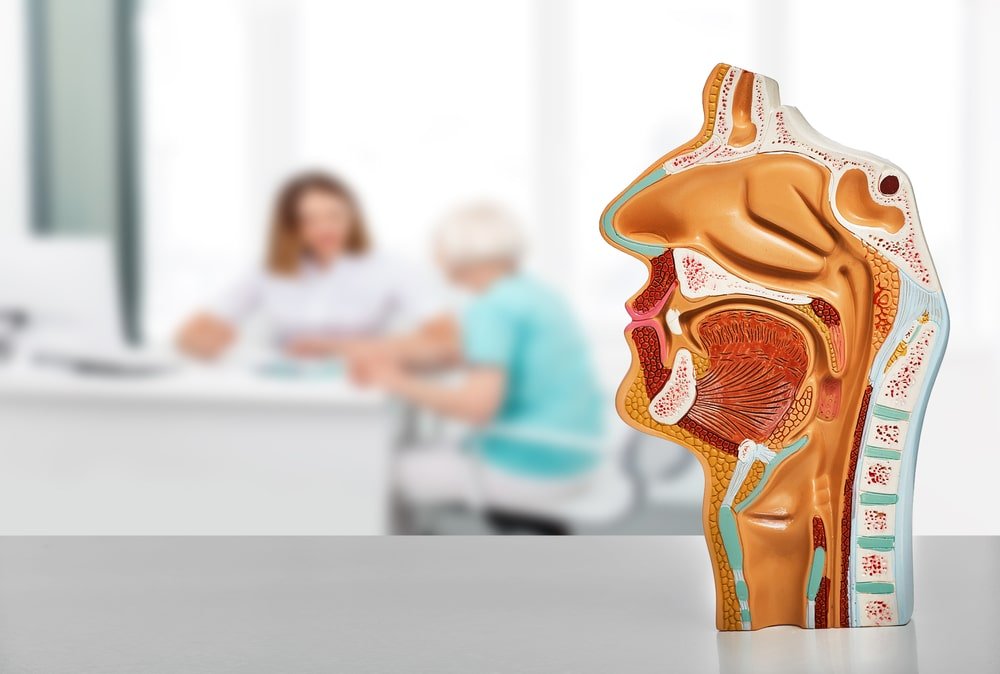
Head and neck surgery refers to a broad category of surgical procedures involving the structures of the face, skull base, throat, neck, and salivary glands. It is performed for a range of conditions, including cancer, trauma, infections, congenital defects, and functional impairments (like swallowing or breathing issues).
Main Areas of Head and Neck Surgery
- Oncologic Surgery (Cancer Removal)
- Removes tumors from areas such as:
- Oral cavity (tongue, gums, palate)
- Oropharynx (tonsils, soft palate)
- Larynx (voice box)
- Hypopharynx
- Nasopharynx and nasal cavity
- Thyroid and parathyroid glands
- Salivary glands (parotid, submandibular)
- Skull base and sinuses
- Removes tumors from areas such as:
- Reconstructive Surgery
- Restores form and function after tumor removal or trauma.
- Includes free flap reconstruction, skin grafts, and prosthetics.
- Neck Dissection
- Removes lymph nodes and surrounding tissue in cases of cancer spread.
- Can be selective, modified, or radical depending on extent.
- Thyroid and Parathyroid Surgery
- For nodules, goiters, hyperthyroidism, or cancer.
- Thyroidectomy or parathyroidectomy.
- Salivary Gland Surgery
- Removes tumors or stones from the parotid, submandibular, or sublingual glands.
- May require facial nerve preservation.
- Skull Base Surgery
- Treats tumors or abnormalities at the base of the brain and sinuses.
- Often done in collaboration with neurosurgeons.
- Trauma and Facial Fracture Surgery
- Repairs broken jaws, orbital fractures, or facial lacerations.
- Functional Surgery
- Includes surgery for obstructive sleep apnea, airway stenosis, or voice disorders.
⚙️ Techniques and Technology Used
- Endoscopic and minimally invasive techniques
- Robotic surgery (especially for oropharyngeal cancers)
- Microsurgery (for reconstructive work with tiny blood vessels)
- Laser surgery
⚠️ Risks and Complications
- Bleeding, infection, scarring
- Nerve injury (e.g., facial nerve, recurrent laryngeal nerve)
- Speech or swallowing difficulties
- Permanent or temporary tracheostomy
- Cosmetic or functional changes
- Risk of recurrence in cancer cases
🧑⚕️ Multidisciplinary Approach
Head and neck surgery often involves:
- ENT (otolaryngologists)
- Head and neck oncologic surgeons
- Plastic and reconstructive surgeons
- Radiation and medical oncologists
- Speech and swallowing therapists
- Nutritionists and social workers

